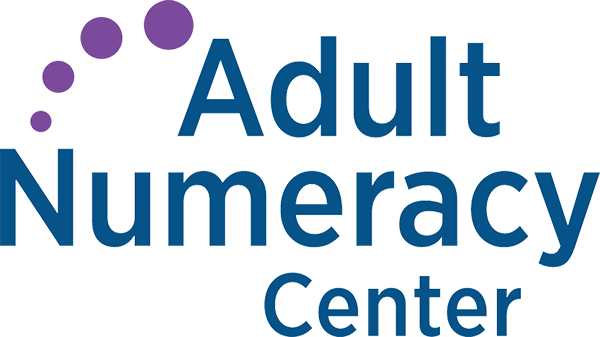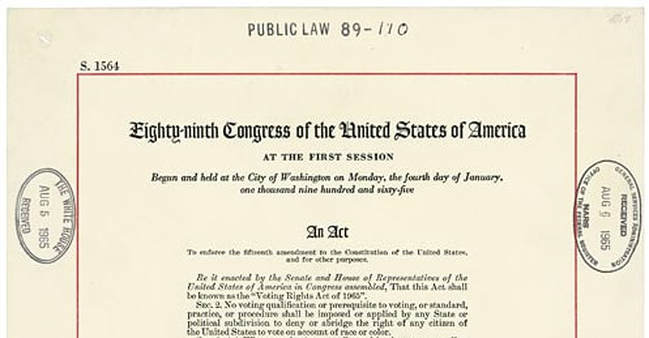The Case for Statistical Literacy Across Subject Areas
This post originally appeared in the October 2018 edition of Reflect & Connect: The Reflective Practitioner, managed by our colleagues at the SABES ELA Center.
by Melissa Braaten
In the academic sphere, statistics can sometimes seem like the odd one out. Most of us associate statistics with math, although it is far more dependent on context for meaning than other domains of math.
For example, a graph of population data with the context removed is just a meaningless squiggle.
Now consider the same graph with its intended labels.
(For even more information, view the original chart.)
In fact, statistics is a discipline of its own that uses math as a tool to help us gain a deeper understanding of other contexts that matter to us, such as science, social policy, finances, and health. Therefore, although it requires certain mathematical and quantitative reasoning skills that could be taught in a math class, it also requires integration into other content areas to develop full “statistical literacy.” For adults to be statistically literate, they need to be able to ask questions about the world, consider different contexts and how data is available in each, and to interpret results based on appropriate methodology and background knowledge.
Different fields of study have different ways of collecting and interpreting data. Physicists may run controlled experiments in a lab; climate scientists may compare historical and present day measurements; social scientists may collect surveys. These context-specific applications of statistics can be taught in content classes to enrich students’ understanding of statistics, as well as the content matter.
For example, while teaching a unit about the U.S. Civil Rights movement, my class looked at voter registration data before and after the Voting Rights Act of 1965. The dramatic (sometimes up to tenfold) increase in the rates of black registered voters in Southern states after this legislation helps to tell part of this country’s history. In addition, it demonstrates how data can be used to support inferences about historical realities, such as the effectiveness of voter suppression against African Americans before the Voting Rights Act.
Many of our most pressing and sensitive social issues involve long-term accretions of cause, such as racism and climate change. We cannot compellingly demonstrate the existence of systemic injustice with any one incident, as other factors could have been at play. We cannot convincingly argue that any one storm or season of odd weather is evidence of climate change. However, statistics allow us to validate these realities, to a high degree of certainty, when long-term patterns of data show trends that cannot be explained by chance. While emotion and personal stories certainly play a big role in how people approach these topics, greater statistical literacy could help more Americans understand why researchers are so convinced that these issues are real and require collective action.
In adult education, we want our students to be able to engage in their personal, professional, and civic lives in a deep and meaningful way. We want students to grapple with the big issues of the day and contributing to the conversation. This is one of the reasons for the instructional shifts in the College & Career Readiness Standards for Adult Education (CCRSAE) across content areas. When it comes to ELA, the shifts emphasize the use of textual evidence in reading, writing and speaking. Our adult students need to be able to analyze textual and academic arguments, and to cite evidence from those arguments to form their own. In the “content-rich nonfiction” texts that we are using to build knowledge, arguments based on data and statistics are common, and statistical literacy is a must.
Please visit us again soon for Part 2 of this blog (Integrating Statistics in the Content Areas).




